The Society Today
Awareness
We work to raise awareness of the heroes of the American Revolution and the sacrifice they endured to secure our freedom. This has been one of the primary purposes of the Society since its founding in 1783.
Officer’s Hut at Valley Forge
The Pennsylvania Society and several of its members helped underwrite the reconstruction of an officer’s hut at Valley Forge National Historical Park, meant to complement the enlisted men’s huts built in the early 20th century. None of the 1,500 original huts survive.
Valley Forge is the location of the 1777-1778 winter encampment of the Continental Army. No battle was fought at Valley Forge. Rather, it was here that the Continental Army, hitherto a collection of disparate and rag-tag colonial militias, emerged under Washington’s leadership as a cohesive and disciplined fighting force.
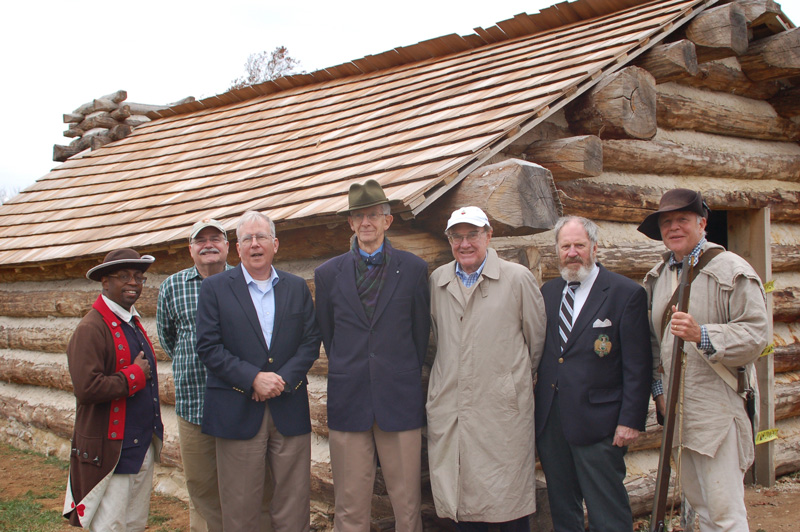
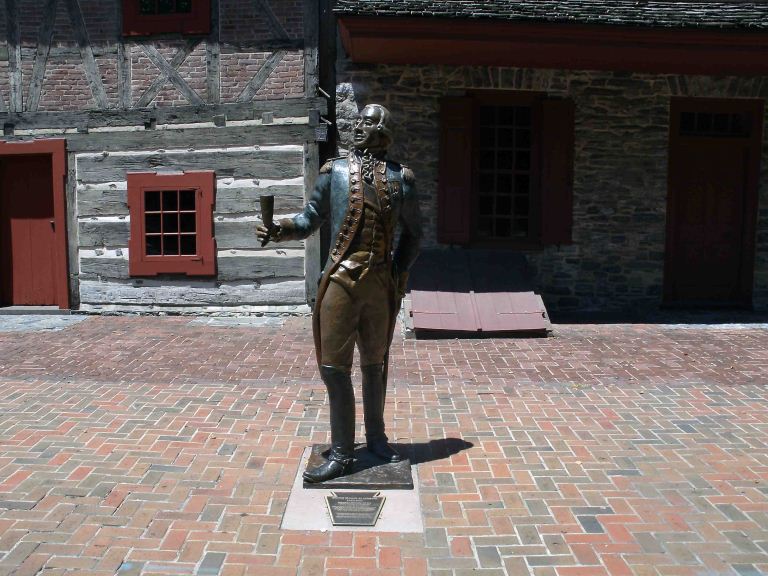
Lafayette Statue
The statue in York, Pennsylvania, was commissioned and paid for by the Pennsylvania Society of the Cincinnati to honor Gilbert du Motier Marquis de Lafayette (Maj Gen Continental Army) and the French involvement in the War for Independence. The location of the statue and its upraised glass commemorate a visit by Gen. Lafayette to the town of York, Pennsylvania, in January 1778.
The toast he gave at the Golden Plough Tavern, owned by General Gates, then a vocal critic of General Washington’s leadership capabilities, helped to defuse the Conway Cabal.
“Gentleman, there is one you have forgotten; I propose a toast to our Commander-in-Chief General Washington. May he remain at the head of the army until Independence is won.”
Moland House
Moland House in Warrington, PA, was General Washington’s Headquarters from 10 Aug 1777 to 23 Aug 1777. He encamped here awaiting news of General Howe’s movement from New York City. The Pennsylvania Society provides financial assistance for maintenance of the site.
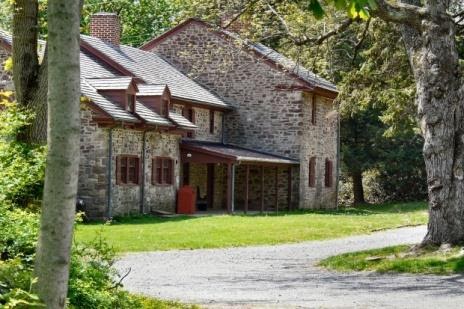
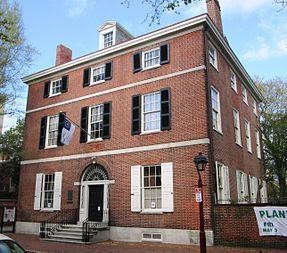
Hill Physick Keith House
The Hill Physick Keith house in the Society Hill section of Philadelphia serves as the State Headquarters for the Pennsylvania Society. The flag in picture on the attached link is that of the Society of the Cincinnati.
First Bank of the United States
The First Bank was part of Secretary of the Treasury Alexander Hamilton’s grand vision to put the finances of the fledgling nation on a sound footing. Hamilton was himself a veteran of the Revolution and a member of the New York Society, and many members of the Pennsylvania Society were involved in the Bank.
The First Bank building was completed in 1797, while Philadelphia was the nation’s capital. It was the first building built according to the Greco-Roman neo-classical style now associated with Federal buildings such as the U.S. Capitol Building. The building is now part of Independence National Historical Park and has been designated a National Historic Landmark for its historic and architectural significance. The Pennsylvania Society has contributed funds to support the renovation of the building.
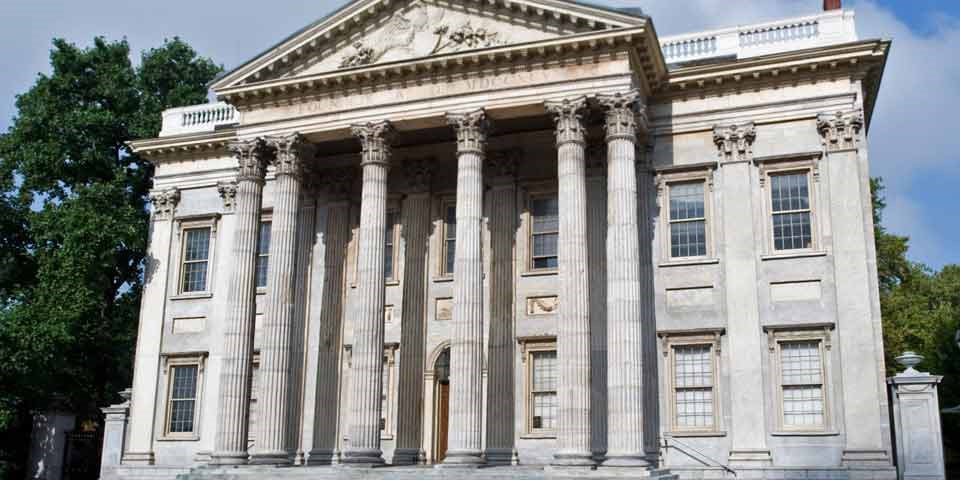
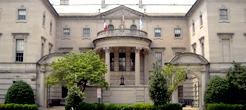
Anderson House
Anderson House, on Massachusetts Avenue in Northwest Washington, DC, serves as the national headquarters of the General Society. It contains a museum, a world class research library, and rotating exhibitions concerning the Revolutionary War.
Fellowship
One of the original purposes of the Society is to render permanent the “cordial Affection” between the officers who served in Washington’s army. As such, the Society holds many social events throughout the year. When today’s members give the “Silent Toast” to George Washington over dinner, we feel a connection to those who came before us, who also knew one another closely and gave the same toast.
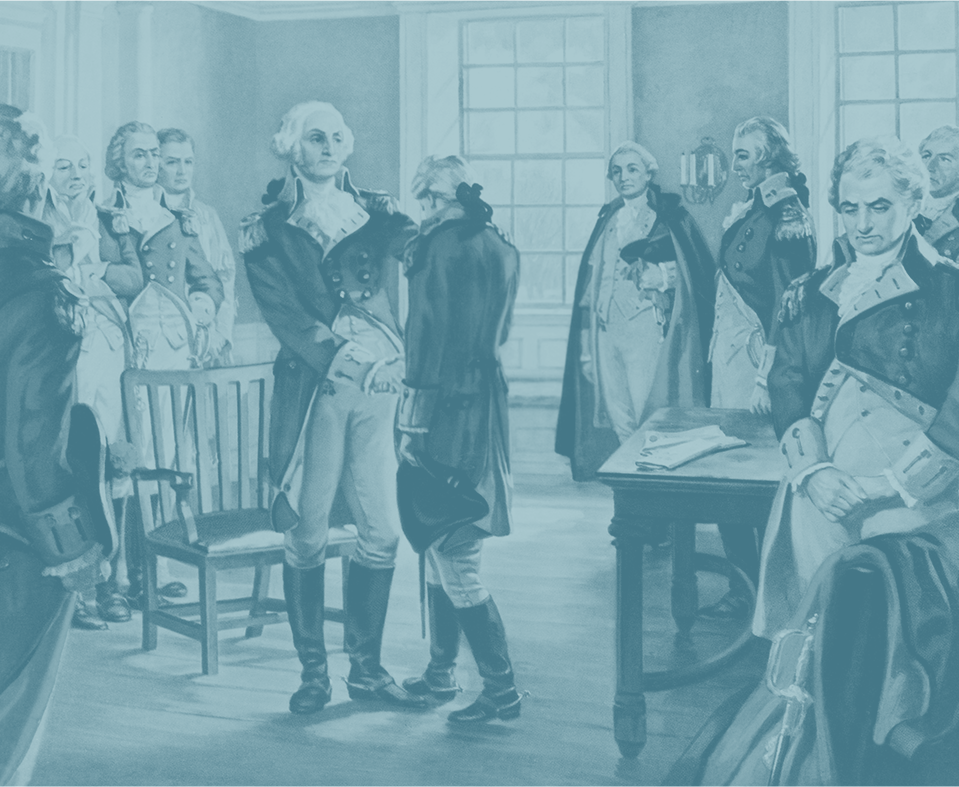
Scholarship
We support the on-going study of the American Revolution: why it was fought, how it was fought, and what it accomplished.
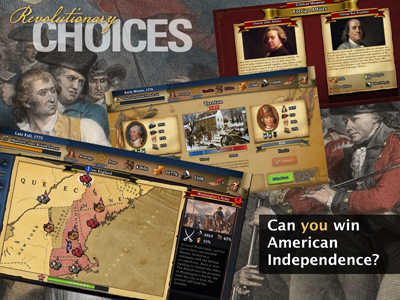

The Revolutionary Choices Game
Can you win American independence, protect American liberty and form a more perfect union?
One of the Pennsylvania Society’s major initiatives to promote a better understanding of the American Revolution was the development of the Revolutionary Choices game, done in conjunction with the American Revolution Institute, the General Society and the support of many of the Constituent Societies and their individual members.
Winning battles is important, but Revolutionary Choices is much more than a war game. It challenges players to find ways to win while upholding the high ideal of universal liberty and natural rights and nurturing the fragile union of the states.
The game starts with the first shots at Lexington and Concord and follows the course of the Revolutionary War, as the British mount a series of campaigns to suppress the American rebellion before the French are tempted to enter the war.
The Continental Congress has to grapple with difficult choices about how to finance the war, how to approach European powers for support and how to supply the army. The states have their own choices to make about supporting the common cause or defending their own interests, and the army has to make choices about when to fight and when to flee.
Revolutionary Choices is an ideal way to introduce students to the challenges of the American Revolution. As a part of the American Revolution Institute curriculum, Revolutionary Choices underscores the complexity of the Revolution, the wide range of issues involved and the enormous difficulties the revolutionary generation overcame to achieve independence and establish a unified republic.
Revolutionary Choices is free and can be played online by clicking here or downloaded in the Apple store by clicking here.
McNeil Center
The McNeil Center for Early American Studies is located in Philadelphia, Pa, and is is an interdisciplinary community of scholars who study the histories and cultures of North America in the Atlantic world before 1850. The Pennsylvania Society has sponsored and continues to sponsor many PhD candidates there, with a focus on the Revolutionary era, about 1750 to 1800.
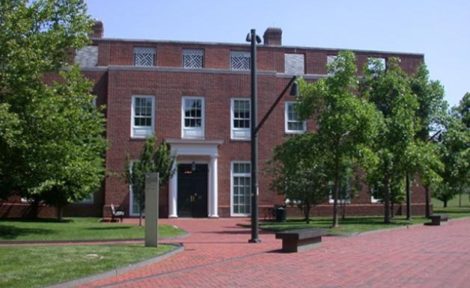
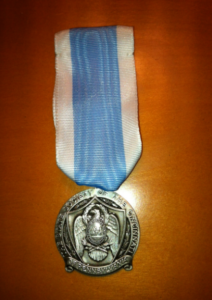
Valley Forge Military Academy
Each year since 1940, the Pennsylvania Society has presented an award to the Valley Forge Military Academy Cadet Officer who has been deemed by the Academy to be the most outstanding in the Corps of Cadets.
